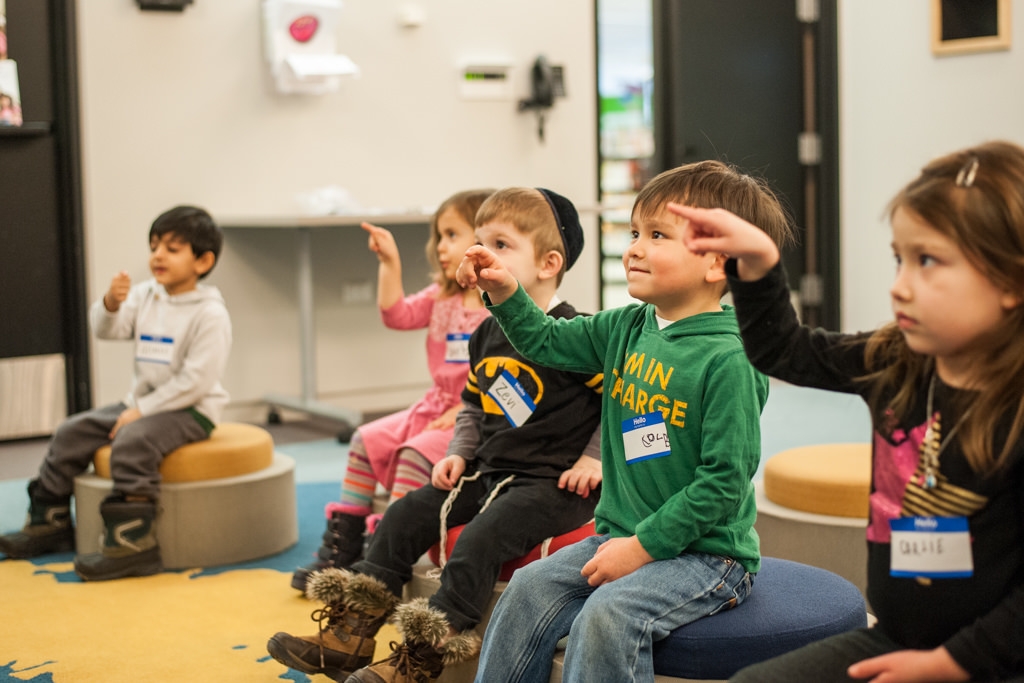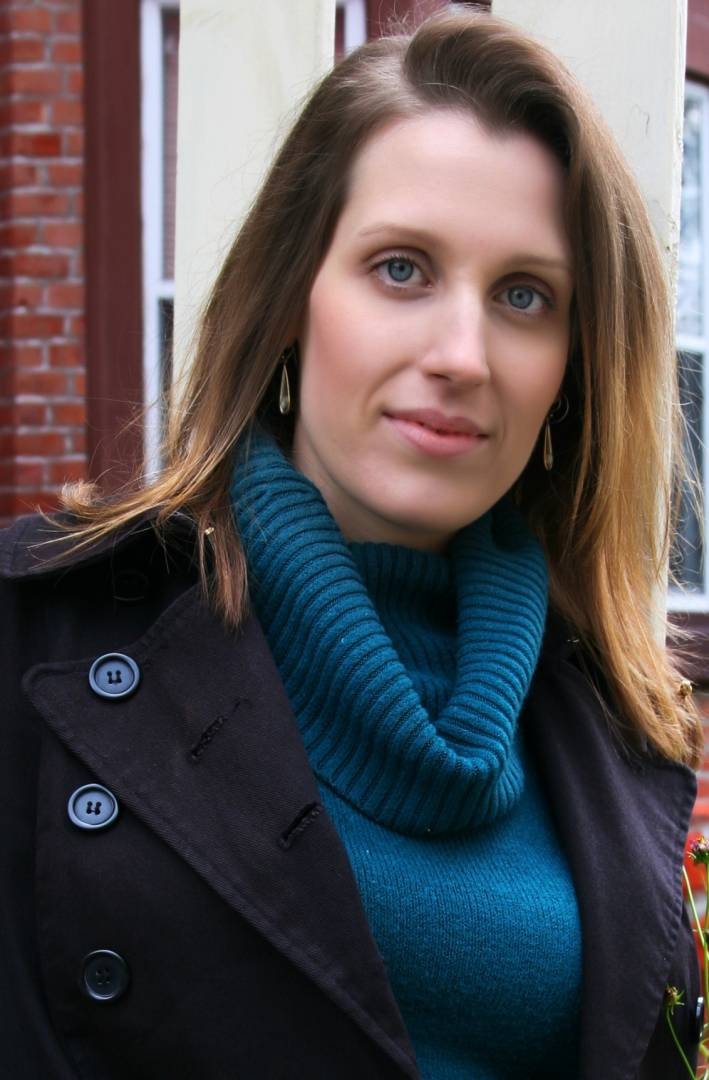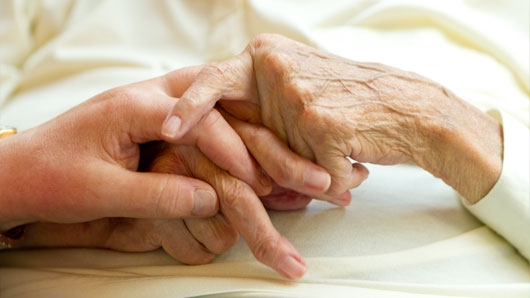
Inner City Children’s Vision Is Being Left Behind
Why Ontario needs a universal vision screening program for preschool children
By Anand Bery and Wynn Peterson
We can remember many of them, leaning forward, almost off their tiny kindergarten-sized chairs, squinting with one eye to try and make out a rather large ‘H’ or ‘O’ on a chart across the room. We saw them try to cheat by uncovering their other eye or slyly turning their head to one side.
They are frustrated that this letter game is so difficult, and so are we. How could it be that we, volunteers at an outreach vision screening program in Toronto, are the first to pick up potentially significant vision problems in these children?
The program we run, Kids2See, is one of the few community vision screening programs for kindergarten-aged children in Ontario. Kids2See is a volunteer-based program run through the University of Toronto’s Faculty of Medicine which aims to screen kindergarten children primarily for amblyopia.
Amblyopia, sometimes called “lazy eye,” is a relatively common condition present in up to five percent of children that develops when the eyes are misaligned or one eye needs glasses much more than the other. It can lead to permanent vision loss if not treated early in life. With early treatment, children can easily regain much of their vision.
This is where our screenings come in. They are run entirely by volunteer medical students, under the supervision of a licensed optometrist. Each of us is concerned with the lack of accessible vision care in our city and we donate time out of our schedules to try and fill this gap. Our annual funding budget consists of only $350, which the medical student society provides to all outreach groups.
While we are screening principally for amblyopia, we also pick up on children’s general vision difficulties, which can markedly impair their social and cognitive development. Up to 80 percent of learning in the preschool age is visually-driven, and children are highly unlikely to realize their own vision is poor.

At the small number of inner city schools we target, all of which are deemed high needs by the Toronto District School Board, a staggering 41 per cent of the children we screen have never had any type of eye examination.
As part of our program, we are conducting a research study to better understand barriers to vision care in early childhood. While this work is still in progress, we have noticed a disturbing – and statistically significant – trend. Children from low-income families are less likely to have ever had their vision checked than children from high-income families.
The Canadian Pediatric Society recommends a sequence of eye examinations throughout childhood up to the age of 18. Children with regular access to family doctors, pediatricians or optometrists may be receiving this kind of care, but the results of our survey suggest that this is far from a universal reality.
Why doesn’t Ontario’s supposedly universal healthcare system include vision screening for amblyopia?
Ontario lags behind other provinces, such as British Columbia and Nova Scotia, which have universal screening programs in place to detect amblyopia in young children. Ontario could also follow the example of Sweden, which has a well-thought-out nationwide screening program for amblyopia in preschoolers and has an uptake of over 99 percent.
Many resources exist in Ontario via our publicly-funded system to address vision health, but they are a messy patchwork – disorganized and uncoordinated. For example, the Toronto District School Board has programs for screening children in Grades 4-6, but by that age, while it may be helpful for simple near-sightedness or far-sightedness, it is too late to effectively treat amblyopia.
OHIP covers eye exams for all children under 19 years of age, but parents need the time, resources, and awareness to know that these examinations are an important part of promoting their child’s health. As we have experienced first-hand, most parents at the Kids2See visits are not managing to make use of these resources – with potentially serious consequences for their children.

In decades past, nurses from Toronto Public Health would visit schools to check every child’s vision. But now, like the school nurse and cafeteria milk programs, that initiative is a relic of a bygone era. Provincial budgets not focused on preventative care are to blame.
An article in the medical journal, The Lancet from last year advocates for population-wide screening for amblyopia at age four or five. We could not agree more.
Ontario needs a universal vision screening program for preschool children. Maybe then so many children in Toronto wouldn’t have to rely on volunteers to check their vision.
Anand Bery and Wynn Peterson are contributors to EvidenceNetwork.ca and second-year medical students at the University of Toronto. They are co-directors of Kids2See, along with Omri Arbiv and Heather Dunlap.










